In the culinary world, chefs often have an intimate relationship with their ingredients. Yet, there are certain seafood dishes that even the most adventurous chefs steer clear of.
Whether it’s due to sustainability issues, personal taste, or potential health concerns, these dishes have earned a spot on the ‘no-eat’ list for many culinary professionals.
1. Fugu (Pufferfish)
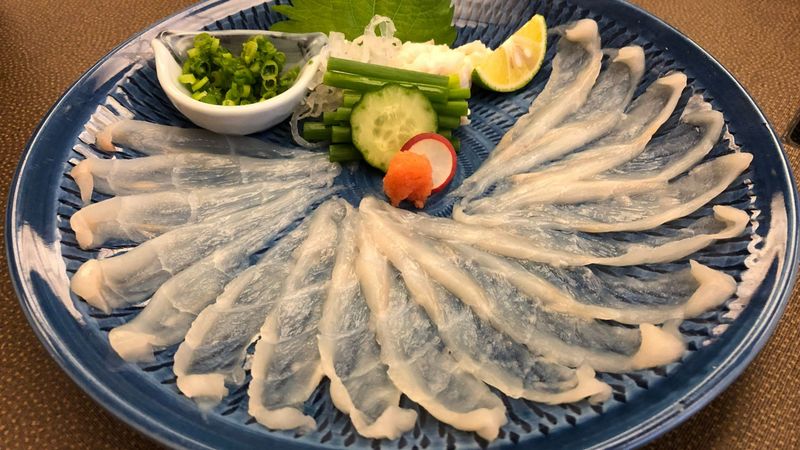
Pufferfish, or fugu, is infamous for its deadly potential if not prepared with precision. Chefs need a special license to serve this delicacy, as its liver, ovaries, and skin contain tetrodotoxin, a poison far more lethal than cyanide.
Even with training, the risk of poisoning looms large, making it a dish many chefs avoid personally.
The thrill of eating fugu may appeal to adventurous diners seeking a culinary adrenaline rush. Yet, for chefs, the idea of gambling with their own safety often outweighs the potential flavor experience.
Despite its popularity in Japan, where eating fugu is seen as a rite of passage, the dish remains controversial. Some chefs equate the experience to juggling knives — thrilling to watch, but not something they wish to partake in themselves.
2. Shark Fin Soup
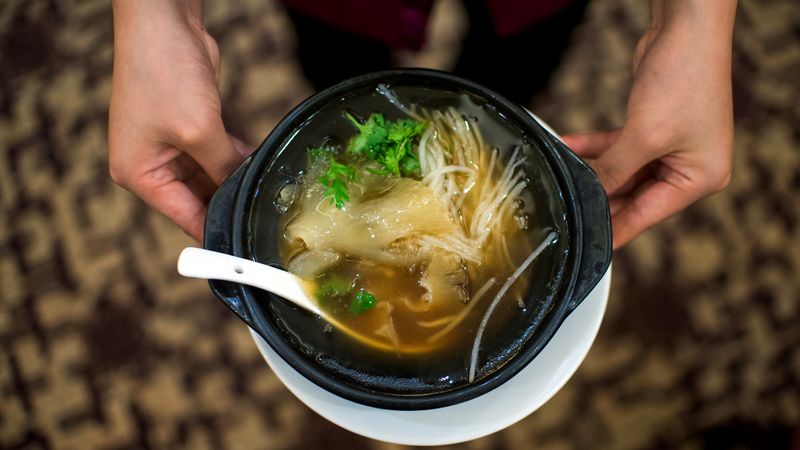
Shark fin soup has long been a symbol of wealth and prestige in Chinese culture. However, the dish has faced significant backlash due to its ecological impact and inhumane harvesting practices. Many chefs refuse to support the industry that leads to the decline of shark populations.
The flavor of the soup itself is often described as bland, with the fin adding little more than texture. It’s the broth, rich with other ingredients, that carries the taste. For environmentally conscious chefs, the ethical dilemma outweighs the allure of tradition.
In recent years, there’s been a movement towards sustainable alternatives, with chefs advocating for soups that offer similar textures without the environmental cost. For them, embracing these alternatives is a way to honor culinary heritage without compromising on ethics.
3. Monkfish Liver
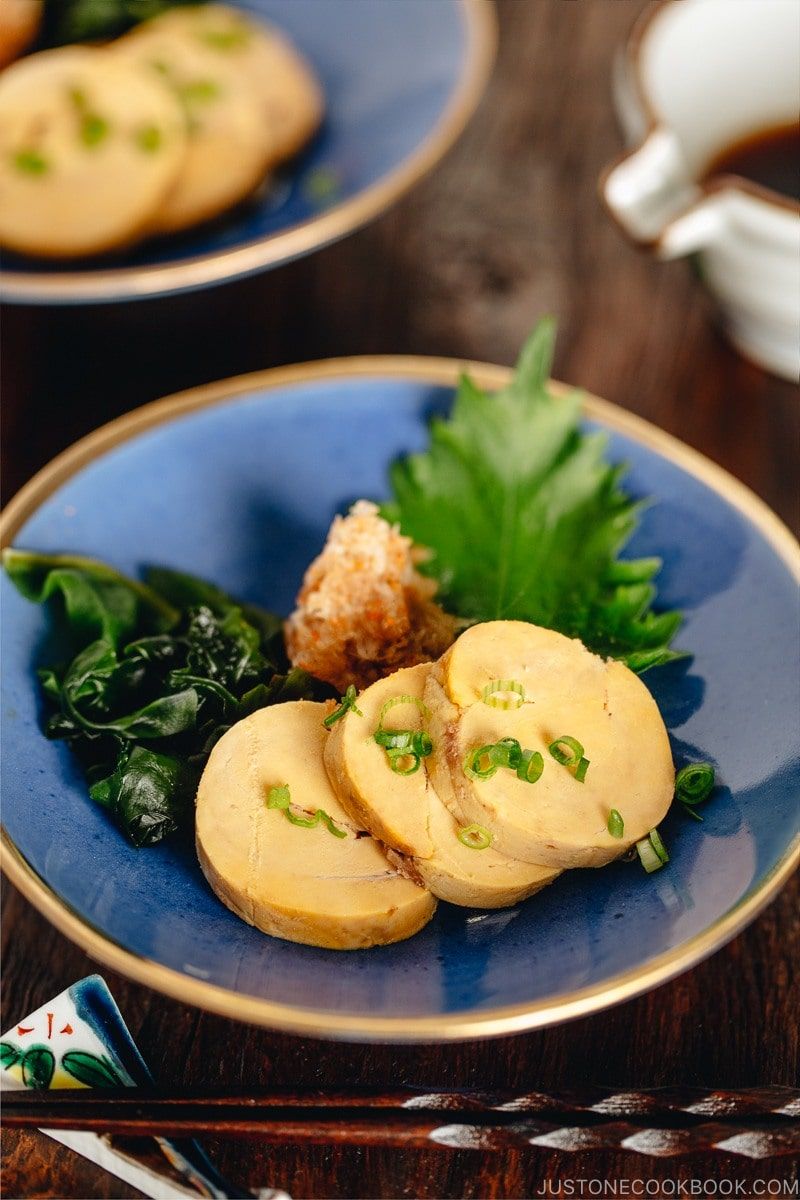
Monkfish liver, often called the ‘foie gras of the sea,’ can be an acquired taste. Its creamy texture and rich flavor appeal to some, but many chefs find it too intense for their liking. Often served as ankimo in Japanese cuisine, this delicacy isn’t everyone’s cup of tea.
The preparation involves careful cleaning and steaming, followed by a delicate seasoning process. Despite its revered status among certain culinary circles, the strong taste and buttery mouthfeel might not win over every palate.
Some chefs opt to avoid it simply because they find other ingredients more versatile and appealing. While monkfish liver has its fans, it’s definitely not a universal favorite, especially among those who prefer subtler flavors in their dishes.
4. Sea Urchin
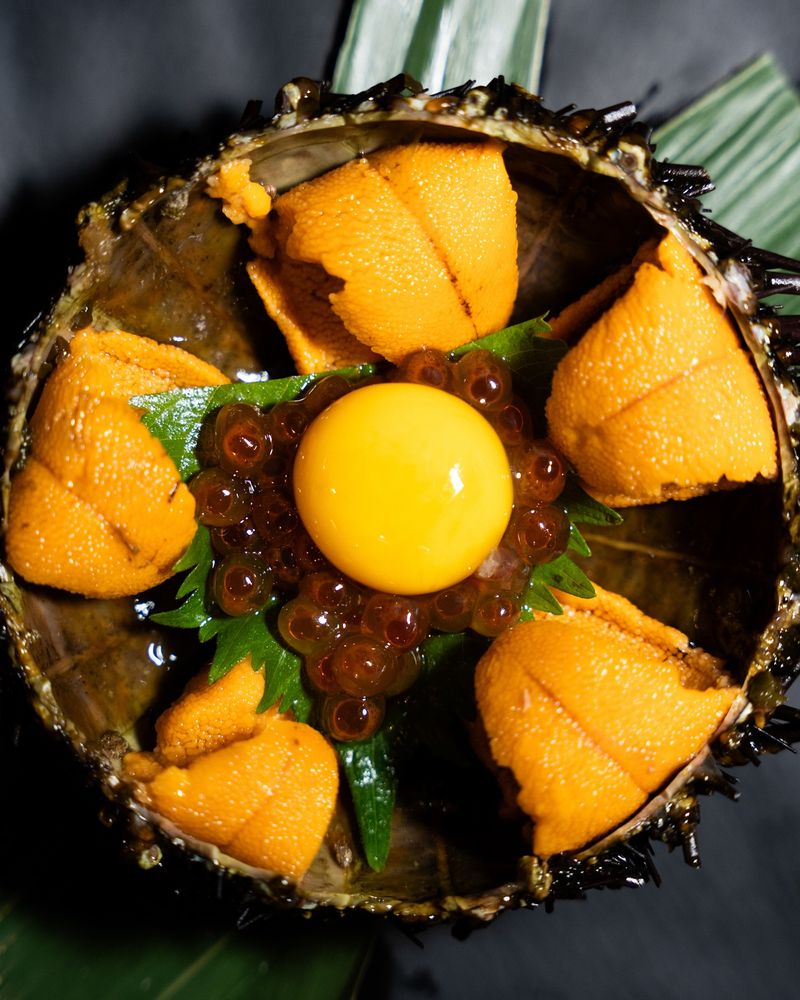
Sea urchin, or uni, is a delicacy that evokes strong reactions. Its creamy, oceanic flavor profile is beloved by some, but others, including many chefs, avoid it due to its strong taste and slimy texture.
With a flavor often described as a burst of the sea, uni is typically served raw, making freshness paramount. However, it’s this very rawness that can turn people off. The vivid, briny taste isn’t for everyone, and many chefs prefer to work with ingredients that offer broader appeal.
Despite its fans, sea urchin remains divisive. Chefs who don’t enjoy its unique taste often steer clear, leaving it to those who appreciate its distinct character.
5. Jellyfish Salad
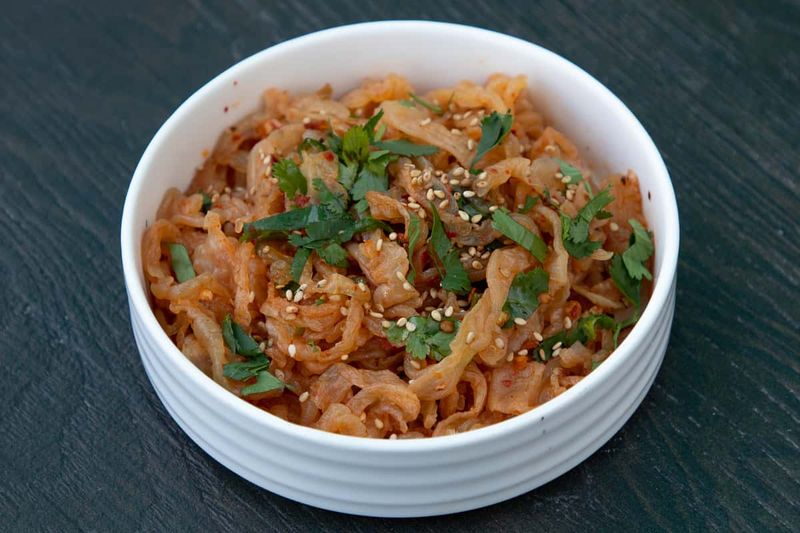
Jellyfish salad is a dish that intrigues with its unique texture, described as crunchy and gelatinous. This texture, however, is precisely why many chefs hesitate to indulge in it themselves. The flavor is often subtle, relying heavily on the accompanying ingredients and seasonings.
Preparing jellyfish involves soaking, boiling, and marinating, to transform it from a rubbery texture to something more palatable. While it can be a refreshing starter, its appeal largely depends on presentation and seasoning.
The unfamiliar texture is enough to deter some chefs from making it a regular part of their diet, even if they enjoy crafting it for others. For many, jellyfish is a culinary curiosity rather than a go-to dish.
6. Geoduck
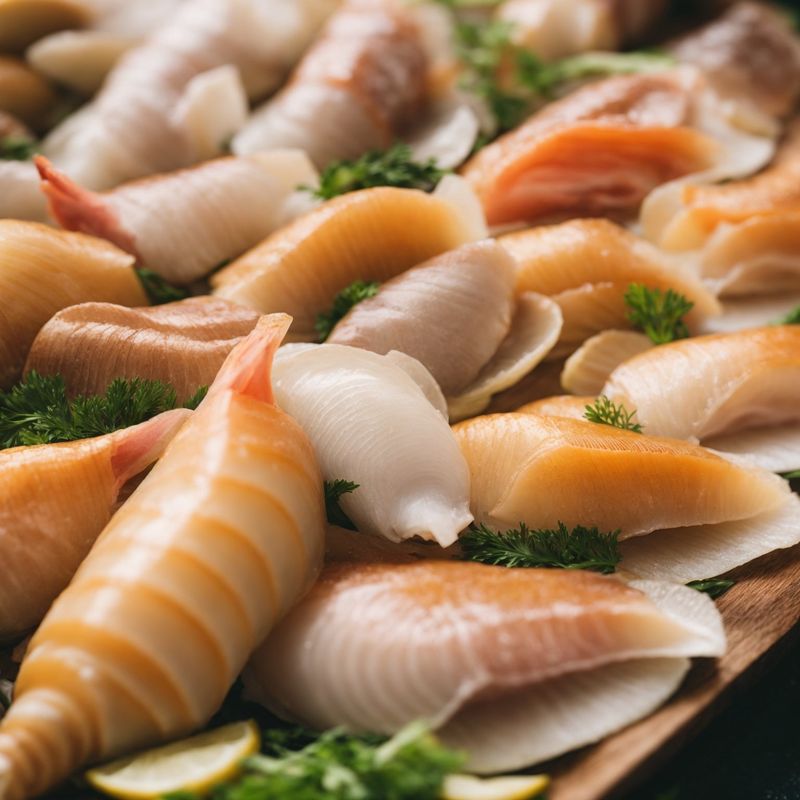
Geoduck is a giant clam known for its peculiar appearance and surprising sweetness. While it’s a delicacy in some circles, its phallic shape and chewy texture can be off-putting to many chefs.
Commonly served as sashimi or lightly cooked, geoduck’s flavor is often compared to a sweeter, more robust clam. However, its texture can be challenging, especially for those unaccustomed to its unique chewiness.
Some chefs avoid geoduck not because of its taste, but due to its presentation. The visual aspect of the clam can be a hurdle, even for those accustomed to dealing with unusual ingredients. In some kitchens, geoduck remains a niche offering.
7. Surströmming

Surströmming, a fermented herring from Sweden, is notorious for its overpowering smell. The pungent odor alone is enough to keep many chefs at bay, preferring not to consume it despite its cultural significance.
Traditionally served with crispbread, potatoes, and onions, surströmming’s flavor is an acquired taste. The fermentation process gives it a sharp, tangy profile that can be polarizing even among fans of strong flavors.
For chefs, the olfactory assault can overshadow any culinary curiosity. While respected as a traditional dish, surströmming is often left to those who grew up with its bold presence in their cuisine.
8. Cod Liver

Cod liver is celebrated in Scandinavian cuisine for its rich, buttery texture and high nutritional value. Despite its health benefits, the intense fishy flavor can be overwhelming for many chefs.
Served often with rye bread and pickles, cod liver’s strong taste is balanced by the sharpness of its accompaniments. This combination is loved by some, yet avoided by others who find the liver’s flavor too dominant.
While it holds a special place in Nordic diets, cod liver isn’t universally embraced. Many chefs prefer to highlight milder ingredients, making cod liver a rare indulgence.
9. Octopus
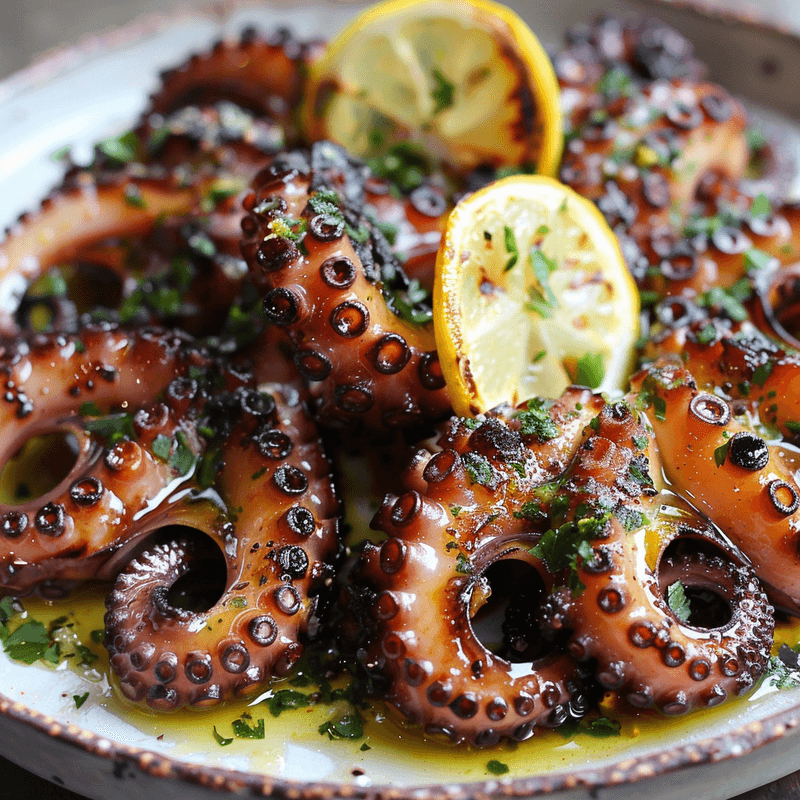
Octopus is a beloved dish in Mediterranean cuisine, celebrated for its tender texture when cooked just right. Yet, the complexity of its preparation can deter chefs from enjoying it personally.
Achieving the perfect tenderness requires precise timing and technique, a challenge even for seasoned chefs. The slightest misstep can render it rubbery, a risk that many dining professionals prefer to avoid at their own tables.
While octopus can be a culinary delight, its preparation demands respect and skill. For some chefs, the challenge of cooking it outweighs the pleasure of eating it, leaving it as a professional pride rather than a personal preference.
10. Eel
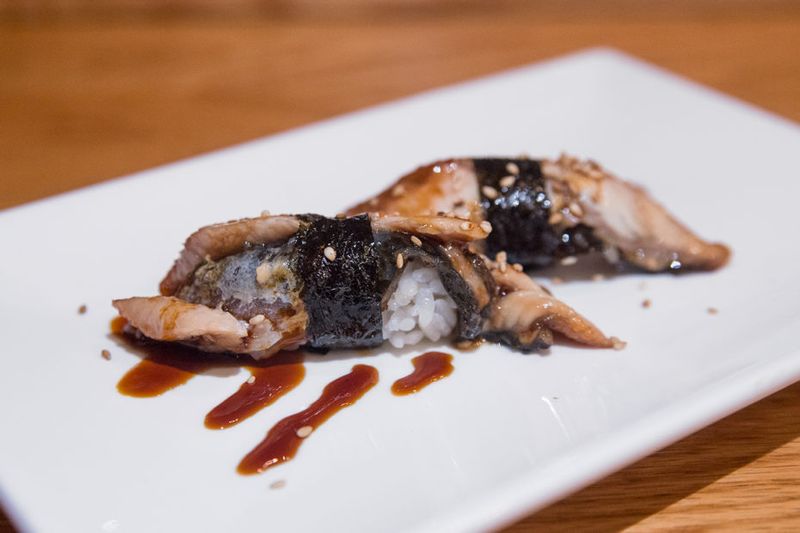
Eel, or unagi, is a staple in Japanese cuisine, revered for its rich flavor. Despite its popularity in sushi, some chefs steer clear due to its high oil content and the intricate preparation involved.
The process of filleting and grilling eel requires skill and patience, with the potential for error high. Its strong flavor, while appealing to many, can be overpowering for those who prefer subtler tastes.
For chefs focused on lighter fare, eel’s richness might be more of a challenge than a treat. While it remains a favorite for many, it’s not universally embraced in professional kitchens.
11. Lutefisk
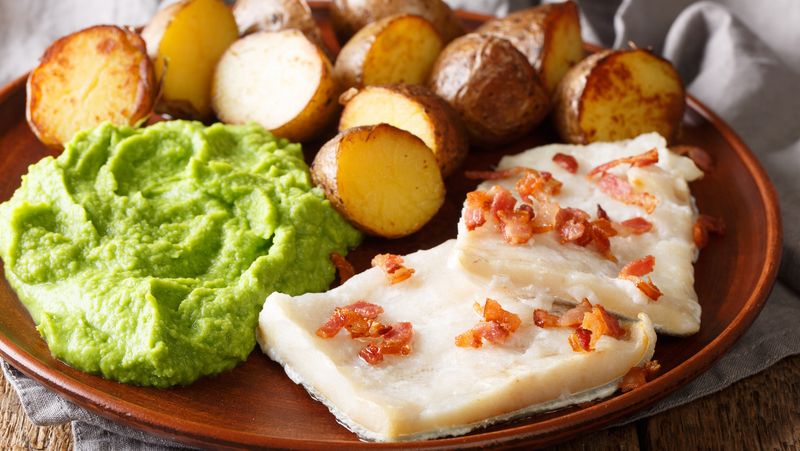
Lutefisk, a traditional Nordic dish, is made from dried fish reconstituted in lye. Its gelatinous texture and potent aroma make it a challenging dish for many, including chefs who grew up outside its cultural context.
Often served with potatoes and pea stew, lutefisk’s unique preparation process results in a texture that can be off-putting. The dish’s strong smell is another factor that deters chefs from indulging in it personally.
While lutefisk is a festive staple in Scandinavian countries, its appeal is limited. Many chefs appreciate its cultural significance but prefer to keep it as a professional curiosity rather than a personal favorite.
12. Canned Tuna
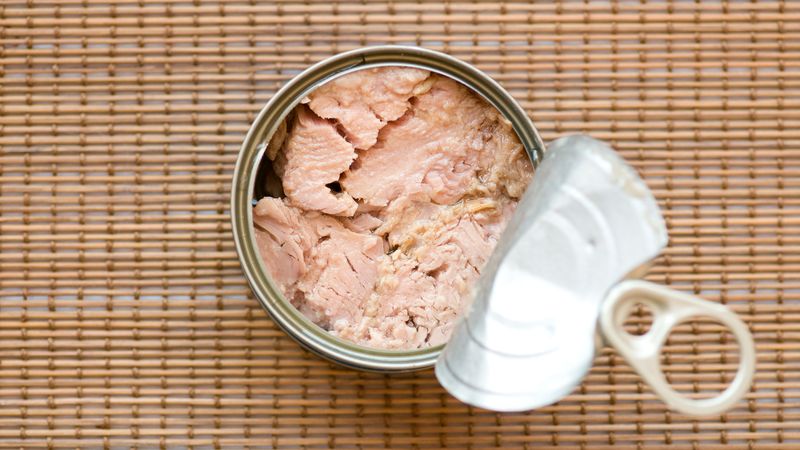
Canned tuna is a pantry staple, but its industrial preparation and often metallic taste leave many chefs unimpressed. Despite its convenience, its flavor can be lackluster compared to fresh seafood.
The canned variety often lacks the nuanced taste and texture that chefs seek in high-quality dishes. For those who prioritize fresh ingredients, canned tuna is rarely a first choice.
While it serves as a quick and practical ingredient, the preference for fresh, vibrant flavors means canned tuna is more of a last resort in professional settings. Chefs often opt for alternatives that better showcase their culinary skills.
13. Imitation Crab
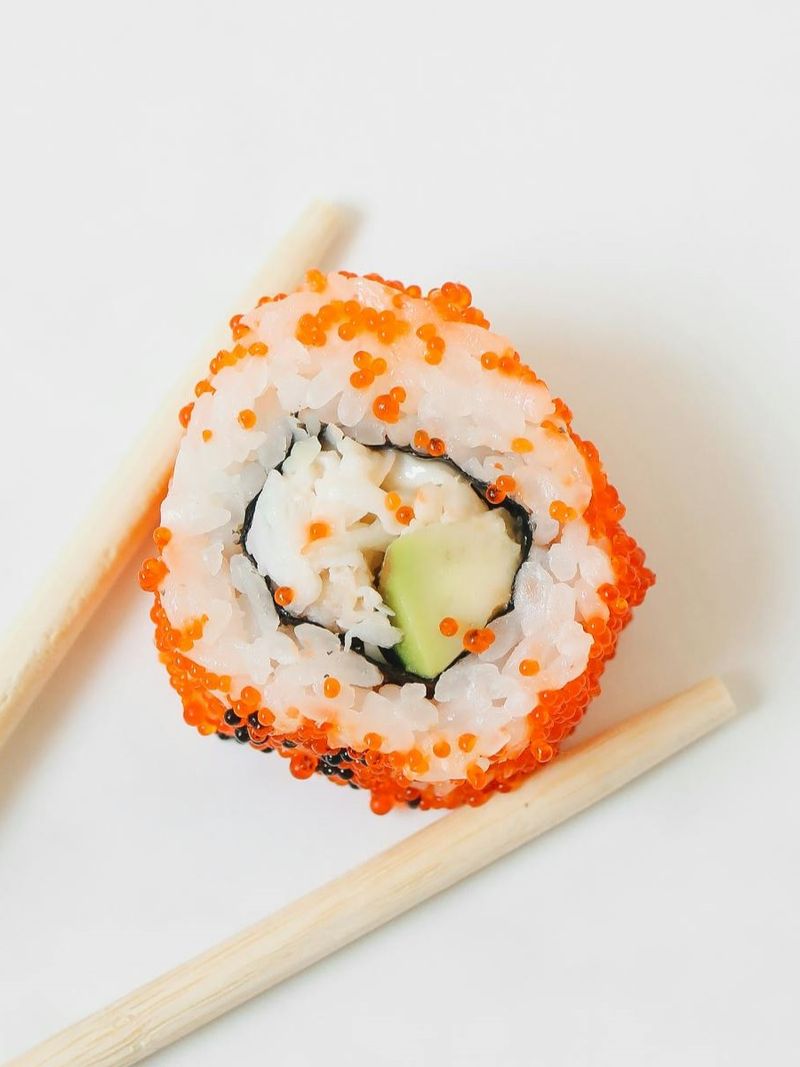
Imitation crab, also known as surimi, is a processed seafood product made from white fish and starch. Its artificial flavor and texture make it less appealing to chefs who value authenticity.
While it’s a cost-effective option for sushi rolls and salads, the lack of real crab taste can be disappointing. Chefs who strive for genuine flavors in their dishes often avoid imitation crab in favor of natural ingredients.
For those focused on true culinary experiences, imitation crab represents a compromise many aren’t willing to make. Its convenience is overshadowed by the desire for authenticity and quality.
Leave a comment